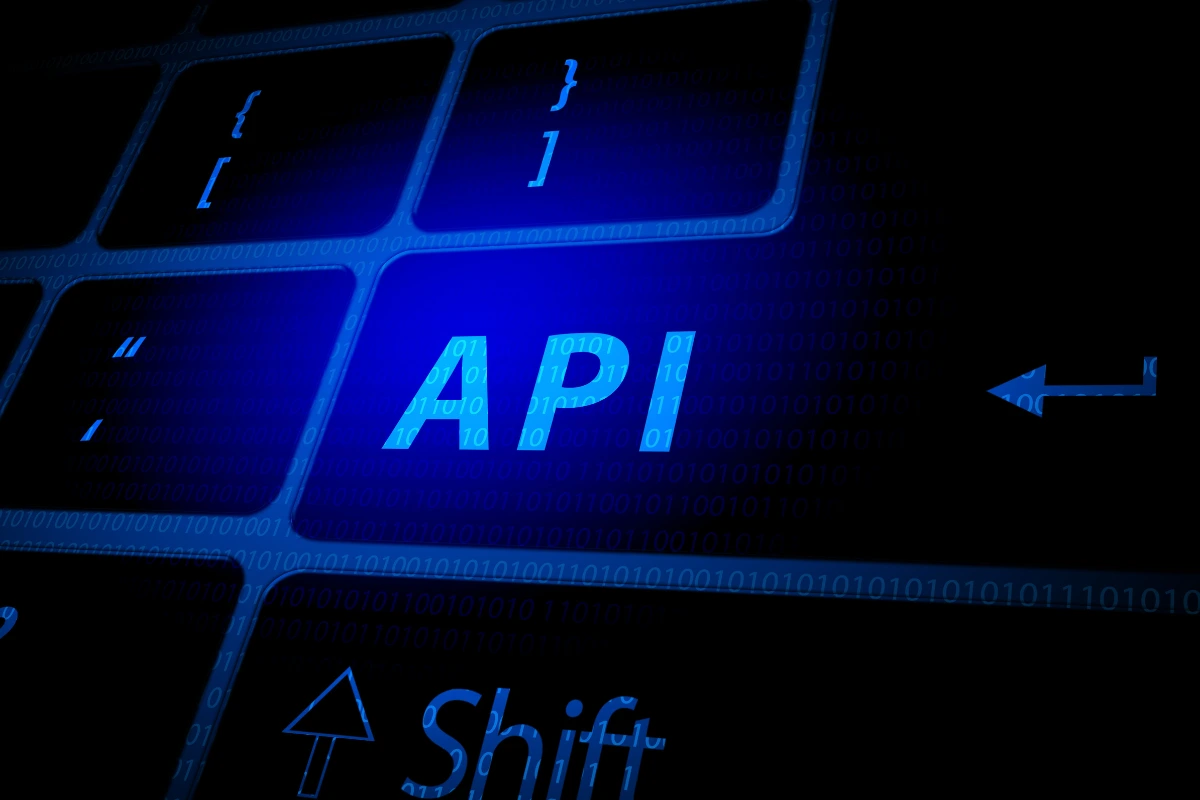If you’ve ever worked with microservices or distributed architectures, you know how challenging it can be to get different APIs to speak the same language. Each has its own data model, rules, and logic. The result? Fragile integrations, unwanted coupling, and an ever-growing pile of rework.
That’s where the Model Context Protocol (MCP) comes in. Developed by Anthropic and launched in November 2024, MCP aims to enable secure, bidirectional connections between AI assistants and the systems where data actually are hosted—such as content repositories, enterprise tools, and dev environments.
This kind of approach is especially valuable for teams working on system maintenance and highly complex integration projects—key areas of expertise at NextAge. With an internationally approved methodology, NextAge helps businesses organize, standardize, and evolve their APIs with efficiency and technical excellence.
In this article, we’ll walk you through how MCP works—and why it could be the leaner, smarter way to build a truly scalable API bus.

What Is the Model Context Protocol (MCP)?
MCP is a protocol—not a tool, but a mindset for architecture design. The core idea is simple: all services share versioned and contextualized data models, known as Model Contexts.
These shared models form the basis for communication. When every service speaks the same language (even if built with different technologies), integration becomes seamless—no complex conversions or fragile adapters required.
Think of it as building a shared dictionary for your entire architecture. Every term has a clear and up-to-date meaning. This ensures consistency across APIs—even when different teams are working in parallel.
Why Use MCP as an API Bus?

Embracing MCP offers tangible benefits for those building and maintaining APIs:
- Consistency: Data travels with the same structure and semantics across services.
- Smooth versioning: You can evolve your models without breaking what’s already in place.
- Smart decoupling: Services remain autonomous, but still integrate easily.
And the best part: you get all of this without relying on heavy gateways or centralized infrastructure. Model Context Protocol acts as a lightweight bus, focused only on what matters—data and its meaning.
MCP in Practice
MCP revolves around three key elements:
- Model Contexts
These are standardized, versioned data models—like UserContext, OrderContext, or PaymentContext. They define the fields, types, and meanings of data used across services.
- Central Registry
A shared repository where all Model Contexts are stored and accessible. This could be a version-controlled Git repo, an API, or even a database—as long as every service can easily access it.
- MCP-Compliant APIs
APIs must follow the models defined in the registry. This means consuming and producing data according to the correct Contexts and versions.
Now imagine a company with services like user management, payments, inventory, and reporting. Without MCP, each service builds its own data models. Integration becomes a nightmare of conversions, validations, and mismatches.
With MCP, the team defines the core Contexts—say, UserContext and PaymentContext—and publishes them in the registry. From there, every service consumes those models as the standard.
The result? Less rework, more clarity, faster integration, and greater data governance.

What’s the Takeaway?
MCP isn’t just another trend. It’s a solid, practical way to structure API communication with more consistency, less coupling, and much better control.
Instead of centralizing all your logic in complex gateways, MCP centralizes only what’s essential: your data models. This gives each service the freedom to evolve while keeping the system coherent and aligned.
If your architecture needs scalability, flexibility, and clarity, this might be the perfect time to give MCP a try.
And if you’re looking for expert support to make it happen, NextAge has the right team to guide you—whether you need help maintaining complex systems, modernizing legacy APIs, or scaling with experienced distributed architecture squads. Ready to start? Just define your Contexts—the rest will flow naturally.






